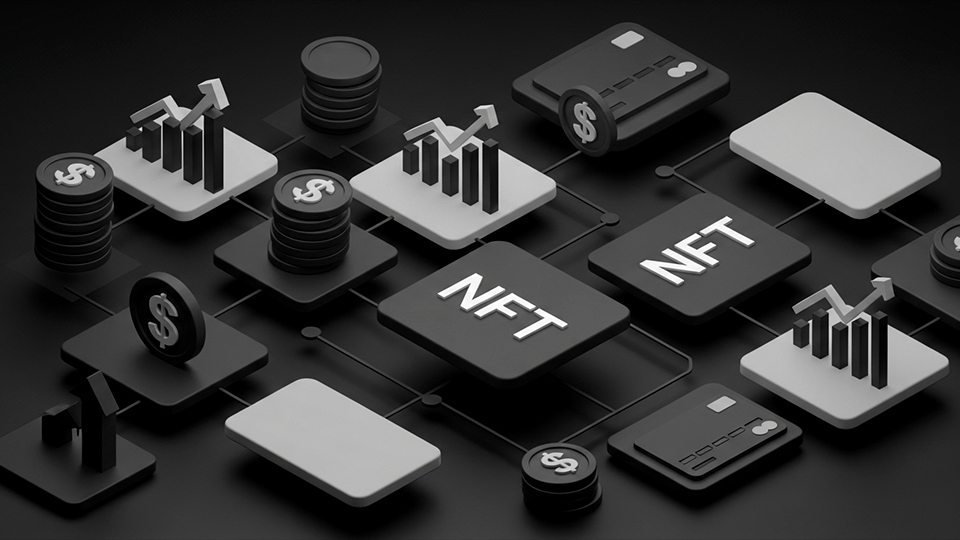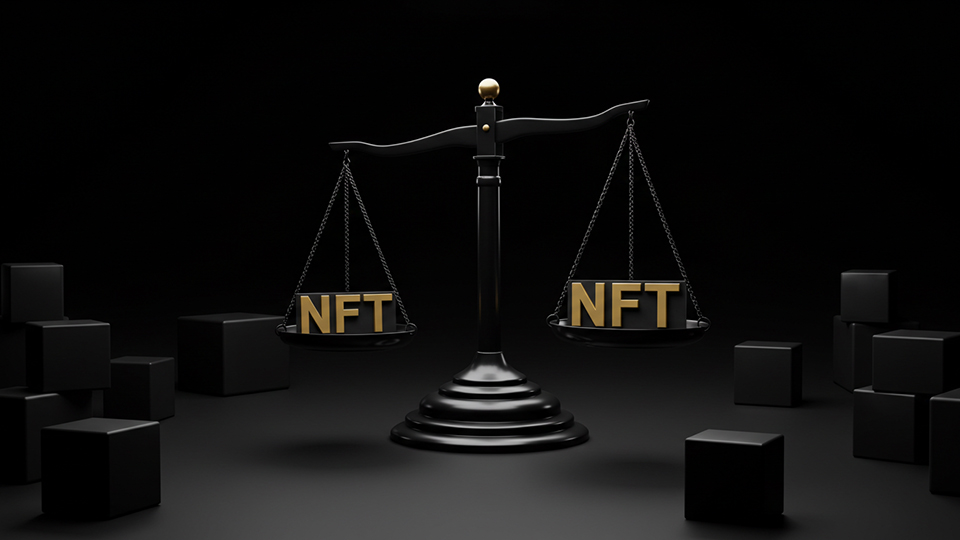Financializing NFTs: From Creative Assets to Market Instruments
NFTs, once valued mainly for their creativity and rarity, are now being transformed into financial instruments. Through mechanisms like fractional ownership and NFT-backed loans, these digital assets can function like shares or collateral, turning art into liquidity. As institutional investors enter the space, markets are developing greater liquidity and standardized pricing, making NFTs part of broader investment strategies. This evolution bridges creativity with capital, offering new ways for both creators and investors to benefit and positioning NFTs as key components of future financial markets.
Financializing NFTs: From Creative Assets to Market Instruments Read More »









